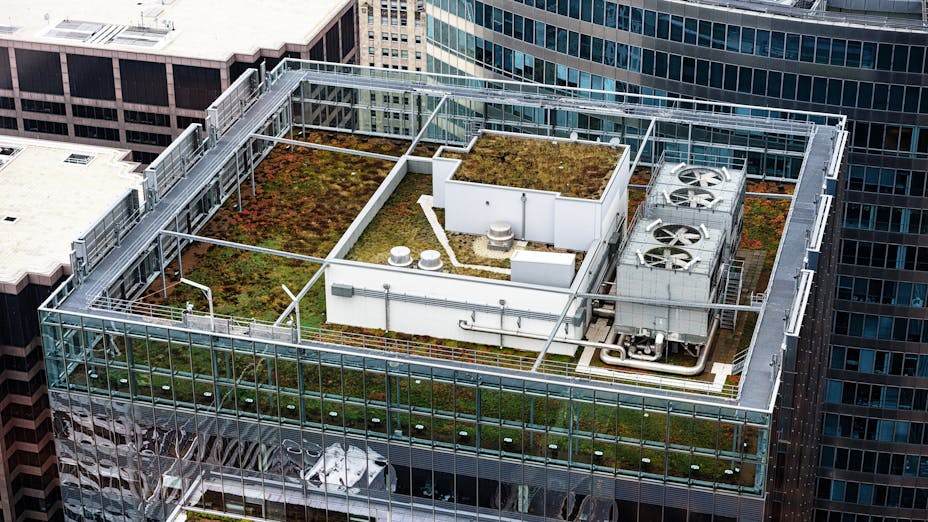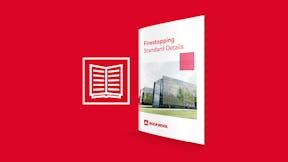The real economic impact of fire in roofs - and how to reduce the risks
Every industry has its defining moments. Whether it’s a global challenge, a groundbreaking innovation, or a change in regulations, some events completely reshape how a sector works. GDPR was the catalyst for stricter information security and privacy. Healthcare, along with many other sectors, was completely transformed during the COVID-19 pandemic. And for construction, the Grenfell Tower fire in 2017 is often seen as a turning point – both in terms of legislation and attitudes toward fire safety.
After Grenfell, stricter building regulations were introduced, including a ban on using combustible materials in the external walls of relevant buildings over 18m[1]. But an increasingly important part of the building was not included in the ban – the fifth façade, more commonly known as the roof.
Unlike fires in the cladding or elsewhere in the building, a fire in the roof can often lead to complete loss of the building – or a long period of disruption that some businesses may never fully recover from. This causes a wider human, social and economic impact that can seriously affect a local community.
Lisa Stephens, Product Manager - Building Envelope at ROCKWOOL UK, explains the causes of fire, the changes in regulations, and what building professionals can do to manage risk and protect communities.





